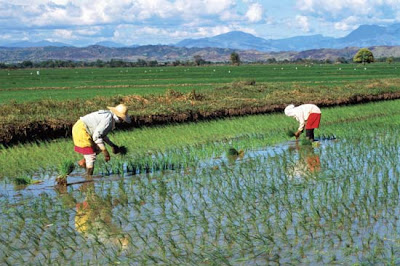A new study by the Pan American Health Organization (PAHO) demonstrates that NTDs can be reduced and eliminated with increased drug administration, vaccination, and water and sanitation improvements. The paper, published in PLoS Neglected Tropical Diseases, suggests that:
the goal of elimination as a public health problem or drastic reduction of the selected neglected diseases is achievable in the Region. The focality of most of the neglected diseases and the countries’ efforts, supported by international organizations and donors, present a positive scenario for combating neglected diseases in the Americas.
For the first time, specific areas where NTDs have been found are being mapped out. PAHO endeavors to target six specific diseases for elimination which include: lymphatic filariasis, onchocerciasis, schistosomiasis, human rabies transmitted by dogs, trachoma, and soil-transmitted parasites. Health Ministries from the Americas are entreating PAHO to spearhead resource mobilization and technical support towards the reduction and elimination of NTDs.


